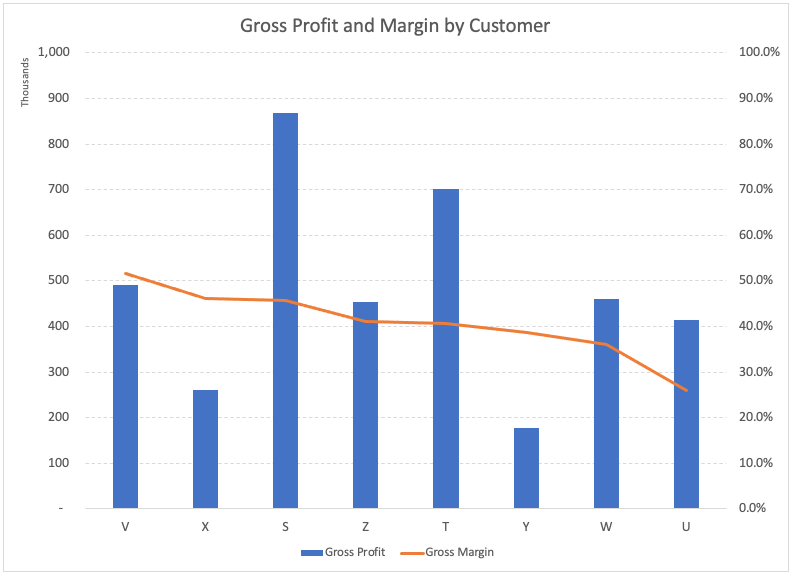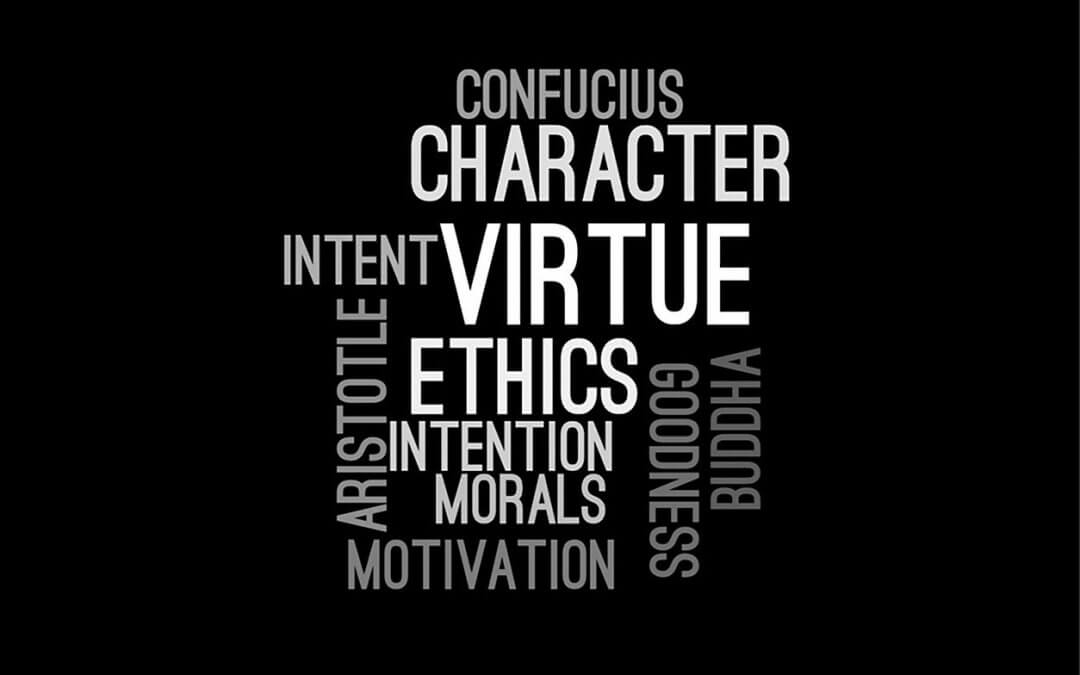Discover the importance of organizational alignment and agility in this blog post. Learn how establishing a strong CORE and building a strategy around it can lead to sustainable growth and success. Find out how alignment and agility empower your organization to thrive in an ever-changing business landscape.

Are you ready for the Talent Crunch?
Companies are looking to hire! According to Vistage research, “The most notable finding from the December survey is that more than two thirds (67%) of small businesses reported plans to increase their workforce in the year ahead, up significantly from 55% in November. These expansion plans among small businesses are the highest since February of 2018.”
At the moment, from what I hear, finding the “right” people is hard. That is because of COVID. People will not:
- Leave current employment. With COVID, employees are staying put for the moment as the risk of moving is too significant. Everyone is aware of a “last in, first out” bias, so no one is ready to take the risk until things improve.
- Move. With COVID, employees are unlikely to take jobs in new cities. That is not to say people aren’t moving; they are, but usually back to where they came from, with support systems there. Baby boomers are moving to some excellent early retirement locations. However, average employees are unlikely to move for a job as there is too much risk involved in incurring up and moving expenses when the job is uncertain, and they may have no support structure.
- Take large risks. There is enough risk right now from COVID, and the economic uncertainty that most people will not take on more for a situation that they feel is very risky.
Current expectations are that we may hit COVID herd immunity in July, with the recovery starting in May or June. If that is the case, businesses will benefit from the pent-up demand that COVID has caused. Thus, we can expect employees to adjust their risk profile and start job hunting and moving just as companies increase their employment demands from Q2 onwards.
What are the employees looking for?
Purpose. For many, COVID has brought home their mortality and causing them to ask if what they do matters. Thus, if the company has no core purpose or “Why?”, or the core purpose doesn’t align with the employees’ purpose, the employees will move to those companies where the core purpose aligns.
Empathy. Many people will feel that their employers/bosses didn’t treat them well during COVID or showed insufficient compassion. They may have had to work through challenging homeschooling or ill parents/spouse with their employer making little allowance.
Living Core Values. Many companies have claimed to have Core Values, but when they are just words on a wall. During COVID, many organizations’ behavior has shown employees that their Core Values are just words and not beliefs, and not living your core values will drive employees and prospects away.
Opportunity. Since we are all mortal and life is fleeting, not only do employees want to work where they believe in what they are doing, but they want to realize their potential. Employers that show no interest in an employee’s career development and personal requirements will find those employees departing.
Character. As a result, employees will look for those companies who have always stated their Core Purpose and Values rather than those who have suddenly “found religion” and hoping that their new statements will make a difference like a fresh coat of paint.
McKinsey research showed that of employees:
- 82% believed it was important for the company to have a purpose;
- 72% thought that purpose should have more weight than profit;
- 62% believed that the company should have a purpose statement; and
- 42% said that their organizations’ purpose statements drove impact.
So, where does your organization fall? If you don’t have a purpose statement that is driving impact, how will you fare in the looming talent crisis? As I have often said, “How you behave during this crisis will define you for a decade or more.”
Here are some questions to ponder.
- Do you have a clear purpose?
- Can you say in one sentence what your organization is passionate about?
- Why does the organization exist?
- What are your Core Values, and can you point to those that live them and where they are part of your folklore?
If you can’t answer these, then the Talent Crunch is going to hurt! People will leave for places where they feel their purposes align and people live with similar Core Values. As the economy recovers and demand picks up, most companies will need more people to meet the challenges. If you don’t have enough and cannot hire the type you need, you will be in trouble.
If you don’t have a Core Purpose or Core Values, then you are attracting three basic types of employees:
- Walking dead. Can’t get a job anywhere else
- In Transition. They need a job, so they will work for you until something better comes along.
- Don’t care about a Why. These people do have a Why, but it is usually money and nothing else. At any time they feel they are not getting enough, they are gone. Real mercenaries and not good if you ever expect to hit a rough patch in the future.
If you don’t understand your Why, Simon Senik’s video below will put it better than I ever could.
Remember, a Core Purpose is a deep reflection on your corporate identity—what you really stand for—which may well lead to material changes in your strategy and even your governance. If you don’t have a Core Purpose and Core Values but will start defining them now, I would offer some suggestions.
- Get a coach or facilitator to help. Discussions over this can easily get bogged down. Many times, everyone will look to the business owner for guidance, which may be okay. But if the business owner comes up with a bad Why, e.g., profit, will anyone challenge?
2. Don’t make profit your Why, for some of these reasons:
- No one cares but shareholders, and generally, they are not the ones operating the business.
- Your customers and suppliers are not impressed that “making a profit” is your Why, as that implies you will take advantage of them.
- If profit is your why then everyone’s only interest is making money. Thus, anything that will make money is okay. When the company hits trouble, no one will stay and help; they are only there for the money.
- Remember Jim Collins’ statement about Core Values, “you are willing to lose money than breach your core values.” So, once you determine, make sure your leadership team and most of your employees can live them. If not, they need to go, as they are not “the right people.”
If you have an excellent Core Purpose and held Core Values, put them on your website, in your recruiting materials, and make sure you live your core values. You will be able to attract some great talent in the times ahead.
Copyright (c) 2021 Marc A. Borrelli
Recent Posts
Align and Thrive: The Importance of Organizational Alignment and Agility
How to Achieve Smart Time Management: 10 Tips for Busy Professionals
When you are a busy professional running your own business, it can often feel like there aren’t enough hours in the day to accomplish everything. Being strategic with your time is the best (and possibly the only) way to achieve all of your daily tasks. If you are...
5 Strategic Leadership Skills Every Manager Needs
So often, people view leadership as a talent: you’re either born with this quality or you’re not. However, this is not always the case! In reality, good leadership is made up of skills, and anyone can learn how to improve. Some people may pick up leadership attributes...
How the Sellability Score is Calculated: The Ultimate Guide
Do you have questions about how to calculate your business’s sellability score? Whether you’re looking to sell your business in the near future or years from now, understanding your sellability score will help you thrive. The sellability score identifies the...
The Top 5 Benefits of the Entrepreneurial Operating System
As an entrepreneur running your own business, you know there are bumps in the road and struggles that both you and your business will face over time. However, with the right people and tools at your disposal, you can anticipate what’s coming, plan for it, and continue...
5 Ways to Use Email Automation to Boost Traffic
Every single business in the world wants to evolve and grow. This will happen using a variety of techniques and strategies. In 2022, digital marketing is more than a household name, and most companies will adopt at least a few ideas when long-term planning and coming...
6 Questions To Ask A Potential Business Coach Before Hiring Them
Many entrepreneurs consider executive business coaching when they start struggling on their professional path. A small business coach is an experienced professional mentor who educates, supports, and motivates entrepreneurs. They will listen to your concerns, assess...
3 Ways Proper Long Term Strategic Planning Helps Your Business
Dreams turn into goals when they have a foundation of long-term strategic planning supporting them. They become reality when the ensuing strategic implementation plan is executed properly. With Kaizen Solutions as their strategic planning consultant, small and...
What is a Peer Group, and How Can it Improve Your Career?
If you are a CEO or key executive who has come to a crossroads or crisis in your career, you'll gain valuable insights and solutions from a peer group connection more than anywhere else. But what is a peer group, and how can that statement be made with so much...
Profit and Revenue are Lousy Core Values
As I mentioned last week, I am down with COVID and tired, so spending more time reading rather than working. I read Bill Browder's Freezing Order this weekend, and I highly recommend it. However, at the end of the book, Browder says that oligarchs, autocrats, and...















